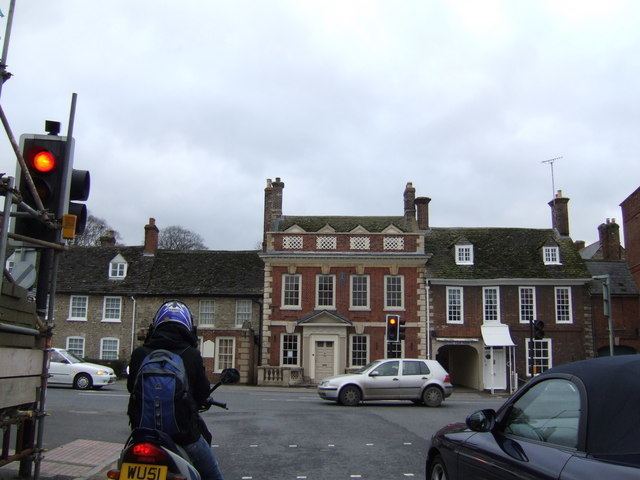Population 8,151 (2011 census) Civil parish Highworth Local time Saturday 2:22 PM | OS grid reference SU200925 Dialling code 01793 | |
 | ||
Weather 15°C, Wind S at 14 km/h, 82% Humidity Points of interest Buscot Park, Great Coxwell Barn, Philip Blacker Studio Ltd Similar Swindon, Royal Wootton Bassett, Chippenham | ||
Highworth is a market town and Civil parish in Wiltshire, England, about 6 miles (10 km) northeast of Swindon town centre. The 2011 Census recorded a population of 8,151. The town is notable for its Queen Anne and Georgian buildings, dating from its pre-eminence in the 18th century.
Contents
- Map of Highworth Swindon UK
- History
- Geography
- Economy
- Culture and community
- Landmarks
- Transport
- Education
- Churches
- Sport
- Public services
- Notable people
- References
Map of Highworth, Swindon, UK
History
Highworth is on a hill in a strategic position above the Upper Thames Valley, and seems to have been occupied almost continuously for 4,000 years. It is mentioned in the Domesday Book as 'Wrde'. On John Speed's map of Wiltshire (1611), the name is spelt both Highwoth (for the hundred) and Hiworth (for the town itself). In 1206 it was granted a charter for its market, which is still held weekly. The origins and layout of Highworth are medieval.
Highworth was a Royalist stronghold in the English Civil War, but on 17 June 1645 Sir Thomas Fairfax captured it and Parliamentarian troops garrisoned it until October the next year. The occupation coincided with a severe outbreak of plague. Traders moved their business to Swindon, and Highworth market did not recover until the end of the 17th century. Highworth benefited from the economic boom in the Napoleonic Wars and Industrial Revolution, and many of the houses in the town centre date from this time. From 1894 to 1974 there was a Highworth Rural District but the town is now part of Swindon unitary authority. Highworth was once larger than neighbouring Swindon, when Highworth's population exceeded 12,000.
Geography
Highworth is on a hill above the Upper Thames Valley, and at 436 ft (133 m) above sea level it is the highest town in Wiltshire.
The parish includes Sevenhampton village and the hamlets of Hampton and Redlands.
Economy
Many residents work at the Honda car factory between Highworth and Swindon. Highworth is a typical small market town with a variety of small shops; tourists use it as a base for the surrounding Cotswold Area of Outstanding Natural Beauty.
Culture and community
The town is twinned with Pontorson in Normandy. Highworth Community Centre opened in the former Northview Primary School in June 2011.
Landmarks
The Church of England parish church of St Michael (see below) is at the centre of the town, at the corner of the High Street and the A361 Swindon Road. The centre of the old town, with many fine Georgian and Queen Anne houses, has been a conservation area since 1976.
The Old Manor House in the High Street, dating from 1656, is a Grade II* listed building.
Transport
Highworth was the terminus of a Great Western Railway branch line from Swindon, the Highworth branch line.
Education
Highworth Warneford School is a secondary school on Shrivenham Road.
Churches
The Church of England parish church is dedicated to St Michael and All Angels. The parish includes the churches of St James, Sevenhampton and St John the Baptist, Inglesham. The Highworth Community Church was founded more than 30 years ago and is based in the Community Centre.
Two Methodist chapels were built in 1838 and 1842. The first one proved too small so a new one was built on the Elms in 1856. In 1964 the two congregations combined to build a larger chapel on the current site. This church was in turn enlarged in 1992.
Sport
Highworth Town F.C. is a Non-League football club that plays at the Elms Recreation Ground.
Highworth Cricket Club are in the Wiltshire County Cricket League and South Gloucestershire and Wiltshire Village League (Sundays). The club play at the Elms Recreation Ground.
Public services
Highworth was first recorded as a post town in 1673. From 1835 to 1839 there was a Penny Post between Highworth and Cold Harbour, a village on the Swindon – Cirencester road near Broad Blunsdon. Mrs Mabel Stranks, who was postmistress here in the Second World War, was a key contact for members of the Auxiliary Units, a resistance organisation. A memorial plaque on the wall of the former post office records her contribution.
